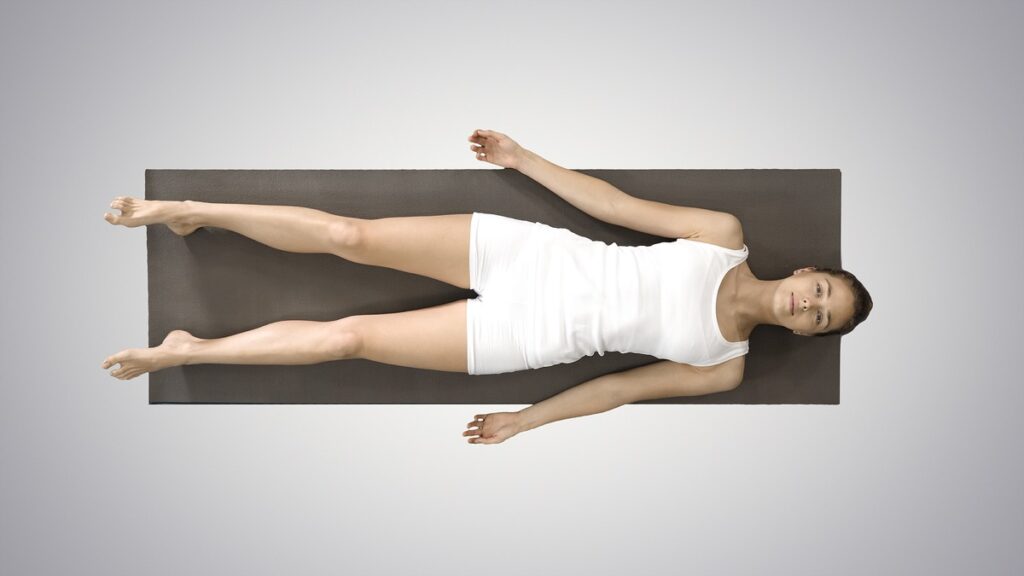Anxiety is a common experience for many people. From juggling work, family, and financial pressures, to dealing with the information overload of modern life, it’s easy to feel overwhelmed. While traditional methods such as therapy and medication are often effective, there is growing interest in alternative techniques to manage anxiety, including breathwork. But can something as simple as breathing really help? Let’s explore how breathwork may be a valuable tool in reducing anxiety and supporting overall mental well-being.
Understanding Anxiety
Anxiety is a natural response to stress and can range from mild unease to severe worry or panic. It affects not only the mind but also the body, with symptoms including a racing heart, shallow breathing, muscle tension, and trouble sleeping. Chronic anxiety can lead to long-term health issues, such as high blood pressure, a weakened immune system, and even mental health disorders like generalized anxiety disorder (GAD).
Conventional treatments for anxiety often involve therapy (such as cognitive-behavioral therapy, or CBT), medications like anti-anxiety drugs, and lifestyle changes. However, more people are exploring complementary therapies like meditation, mindfulness, and breathwork to support their mental health.
What is Breathwork?
Breathwork encompasses a range of breathing exercises and techniques aimed at improving mental, emotional, and physical well-being. These methods vary from simple breathing exercises to more intensive, controlled techniques. The core principle behind breathwork is intentional breathing—using different patterns, speeds, and depths of breath to influence the body’s nervous system and emotional state.
Some common types of breathwork include:
- Diaphragmatic (Belly) Breathing: Focuses on deep breathing from the diaphragm rather than shallow chest breathing, which helps calm the nervous system.
- Box Breathing (4-4-4-4): Involves inhaling, holding, exhaling, and pausing for counts of four, promoting focus and relaxation.
- Wim Hof Method: Combines specific breathing patterns with cold exposure to increase oxygen levels and reduce stress.
- Pranayama (Yoga Breathing): A range of techniques from the yogic tradition that regulate breath to balance energy and promote mental clarity.
The Science Behind Breathwork and Anxiety Reduction
How does breathwork reduce anxiety? The answer lies in the connection between breath and the body’s autonomic nervous system (ANS). The ANS controls involuntary body functions like heart rate, digestion, and breathing, and it consists of two key branches: the sympathetic nervous system (responsible for the fight-or-flight response) and the parasympathetic nervous system (responsible for rest and relaxation).
When you’re anxious, your sympathetic nervous system kicks into gear, causing shallow, rapid breathing and heightening feelings of stress. Breathwork helps to activate the parasympathetic nervous system, which calms the body and mind by slowing down breathing, lowering heart rate, and reducing cortisol levels (the stress hormone).
Research has supported the benefits of breathwork for anxiety. A 2017 study published in Frontiers in Psychology showed that participants who practiced diaphragmatic breathing for 20 sessions experienced significant reductions in anxiety and improvements in mood. Another study in Psychosomatic Medicine found that controlled breathing could positively influence the brain’s emotional processing and promote a sense of calm.
Types of Breathwork for Anxiety
Here are some breathwork techniques that are particularly helpful for anxiety:
Diaphragmatic (Belly) Breathing
- How it works: Focuses on deep, slow breaths from the diaphragm rather than shallow chest breathing.
- Benefits: Activates the parasympathetic nervous system, promotes relaxation, and reduces feelings of panic.
Box Breathing (4-4-4-4)
- How it works: Inhale for four counts, hold for four counts, exhale for four counts, and pause for four counts.
- Benefits: Aids in grounding and calming the mind, particularly during stressful moments.
- Alternate Nostril Breathing (Nadi Shodhana)
- How it works: Involves breathing alternately through each nostril, which balances the body’s energy.
- Benefits: Balances the nervous system and promotes a sense of mental clarity and emotional balance.
4-7-8 Breathing
- How it works: Inhale for four counts, hold for seven counts, and exhale for eight counts.
- Benefits: Slows down breathing to create a calming effect, especially useful before sleep or during high-stress situations.
- Holotropic Breathwork
- How it works: Involves fast-paced, deep breathing to access deeper emotional states and release suppressed emotions.
- Benefits: More intense but can lead to emotional breakthroughs and healing in those looking to address deeper anxiety issues.
Practical Guide: How to Start Using Breathwork for Anxiety
Here’s a simple way to incorporate breathwork into your daily life:
- Find a quiet space: Sit or lie down in a comfortable position.
- Start with diaphragmatic breathing: Place one hand on your chest and the other on your abdomen. Breathe in deeply through your nose so that your belly rises (not your chest), then slowly exhale through your mouth.
- Practice for 5-10 minutes: Focus on your breath, letting go of any distracting thoughts.
- Use breathwork during anxious moments: When anxiety arises, try a quick session of box breathing or the 4-7-8 technique to calm your mind.
Consistency is key! Practicing daily, even for a few minutes, can make a noticeable difference in your stress levels.
Benefits of Breathwork Beyond Anxiety Reduction
Breathwork offers benefits beyond just anxiety relief. These include:
- Enhanced focus and mental clarity: Regulated breathing increases oxygen flow to the brain, improving concentration.
- Improved emotional regulation: Helps you stay grounded in moments of high stress or emotional overwhelm.
- Better sleep: Slower breathing techniques help promote relaxation before bed.
- Increased resilience to stress: Regular practice makes it easier to manage everyday stressors.
Limitations and Considerations
While breathwork is generally safe, it’s important to approach it mindfully. Individuals with certain health conditions (such as severe asthma, cardiovascular issues, or a history of trauma) should consult with a healthcare professional before engaging in intense breathwork. Some practices, especially those that involve rapid or deep breathing, can trigger lightheadedness or bring up intense emotions, so they should be practiced under guidance, especially for beginners.


